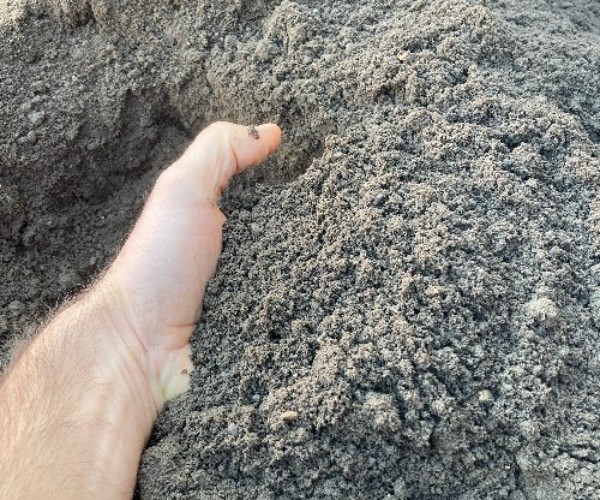
A healthy garden starts from the ground up. Rich, nutrient-filled topsoil is essential for growing vibrant flowers, delicious vegetables, and thriving shrubs and trees. By tailoring your soil care and gardening practices to match the seasons, you can unlock your topsoil’s full potential all year round. Follow these seasonal gardening tips to maximise the performance of your topsoil and enjoy a gorgeous, productive garden no matter the time of year.
Spring
Spring is an ideal time to prep your soil for the active growing season ahead. Start by testing your topsoil’s pH and nutrient levels – your local garden centre can provide testing kits. This will reveal any deficiencies to address. Topsoil tends to become compacted over winter, so work some organic compost into beds to loosen the soil texture. Well-aerated, loamy topsoil encourages root growth and nutrient absorption.
If your soil test revealed low nitrogen levels, side dress spring plantings with a nitrogen-rich fertilizer or compost. This fuels rapid leaf and stem growth. Hold off on high-phosphorus fertilizers until later in the season when plants are flowering and fruiting. Now is also an ideal time to sow cool weather veggies like peas, kale and lettuce as well as many flower varieties. The roots develop better in the cooler soil.
Summer
As temperatures climb, your garden shifts into high gear. Make sure your topsoil can keep up with plants’ increased water and nutrient demands. Add a thick layer of organic mulch around plants to help lock in soil moisture and suppress weeds. Schedule regular deep waterings for optimal growth. Install soaker hoses or drip irrigation to target plant roots directly. This prevents water loss through evaporation.
Keep an eye out for pests like beetles, slugs and aphids which thrive in summer’s warmth. Control them right away to avoid damage to leaves and fruits. Fertilize plants again mid-summer, opting for formulas higher in phosphorus and potassium which encourage flowering and fruit production. Summer is prime time for tomatoes, peppers, squash, beans and berries.
Autumn
Autumn’s cooling temperatures signal plants to start focusing their energy on root development rather than new growth. Take advantage by sowing seeds for cool weather veggies and flowers. Their roots will become well established through winter. Planting in fall allows earlier harvesting next spring. It’s also an ideal time to plant trees, shrubs and perennials so roots can develop before the ground freezes. Apply a balanced organic fertilizer to support root growth.
Prepare beds for winter by scattering on several inches of aged compost or manure. This organic matter enriches the soil as it breaks down over the cold months. Till it in to a depth of about 8 inches to improve drainage in heavy clay soils. Finally, apply a 2-3 inch insulating layer of shredded leaves, straw or other organic mulch. This moderates soil temperature and prevents erosion.
Winter
Your garden may be dormant in winter, but there are still a few tasks to help your topsoil rest and recover. Hold off digging or walking on beds when the ground is frozen or muddy to avoid compaction. Plan a crop rotation schedule for next year to avoid depleting soil nutrients in any area. Leafy greens, for example, should be moved to a new bed. Cover unused beds with green manures like clover or annual ryegrass. Their roots add organic matter and nitrogen to the soil.
Once spring arrives again, it’s time to restart the cycle! Test soil composition, turn beds, apply fresh compost and plant. Tailoring your gardening routine to match the season’s unique conditions results in healthier plants, fewer problems and a more productive garden all year round. With proper seasonal care, your topsoil will gain richness and structure each year – unlocking the full genetic potential of the plants relying on it for life.